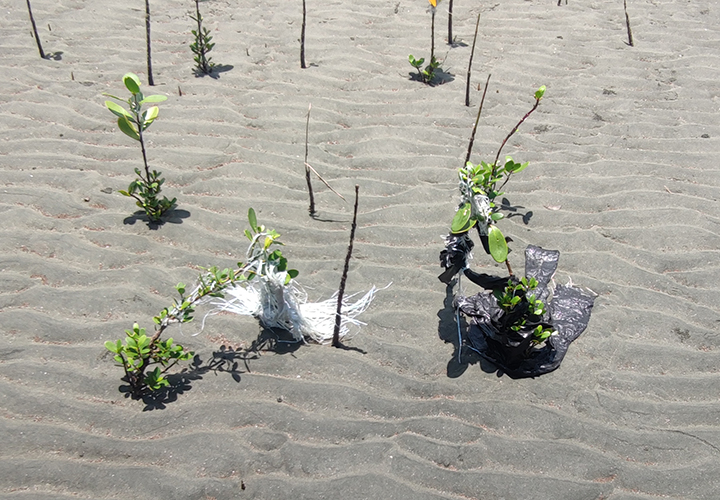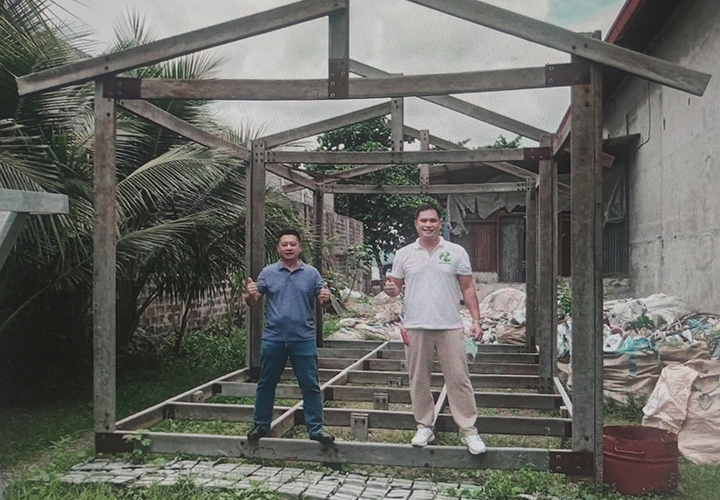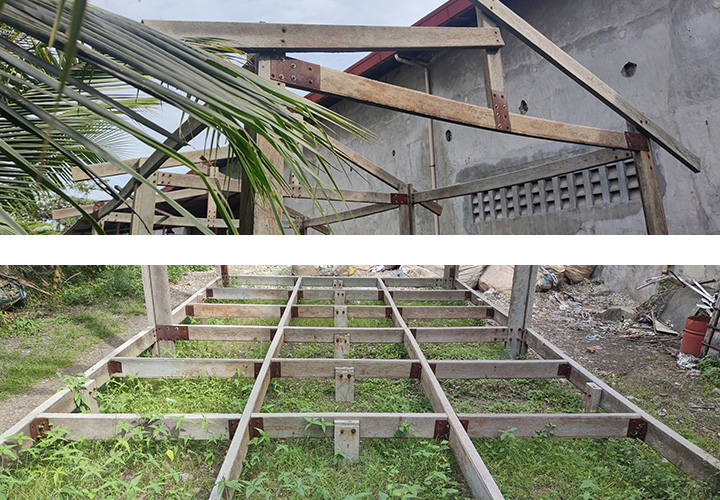These mangroves could not survive with this plastic load, because the current speeds of ebb and flow tug violently on the seedlings.
Freed from plastic, Pagatpat mangroves (Sonneratia alba) can now grow for 100 years and contribute immeasurably to habitat and CO2 sequestration.
Frightening news is coming out of Vienna. In April of this year, scientists published that micro- and nanoplastic particles manage to cross the blood-brain barrier and penetrate into the brain (https://www.meduniwien.ac.at/web/ ueber-uns/news/2023/default-34fee72b1e/winzige-plastikpartikel-gelangen-auch-ins-gehirn/).
That they do no harm there is probably a pipe dream.
We work in the Philippines, the country with the largest input of plastic into the sea worldwide. Many programs against plastic are being started, many communities are already rethinking, but the plastic flood is increasing despite all efforts. Here, for example, the well-known soft drink manufacturers have almost all replaced their small bottles with plastic bottles, which again significantly increases the amount of waste. In addition, the low income only allows purchases for daily needs. Coffee, sugar and shampoo are shrink-wrapped in small portions. Five grams of contents leave half a gram of plastic.
Are solutions in sight? Always! But only if we change our behavior. Who goes to the market should at least have a shopping bag ready, who goes somewhere should take water with him to avoid buying water in plastic bottles, which by the way is the safest source of absorption of nanoparticles into our human body, next to the habit of drinking “cof- fee-to-go” from plastic cups. The list could be extended, but most people already know where to start.
Until there is a change of mind, the only thing left to do is the massive collection of plastic. We are already very active in two communities: in San Isidro, where we also plant mangroves, and at Dahican Beach in Mati, to help the turtles. From this plastic we have our school chairs built in Davao, which we give to the schools. Winchester Lemen, the owner of the recycling company in Davao, has a whole range of furniture and items made from recycled plastic. After a five-year trial, he has now “released” a house structure that has been exposed to the elements. This small house is built in a day and consists of planks and support pillars in angular profile to create more stability. All parts, except for the steel connecting tabs, are made of recycled plastic and can be drilled, nailed and sawn for machining. The walls and roofing material are determined by the homeowner’s wallet. Those with little money use amakan for the walls, a woven bamboo mat that is light and permeable to air, those with a little more money to spend use bamboo, and those who mean well use plywood. For the roof is suitable nipa grass, which is very common and cheap in the Philippines. Although it lasts only about three years, but it is better than the “popular” corrugated iron roofs, because a grass roof does not heat up, so the temperatures in the house remain bearable, even at noon.
We try to involve the communities to spread this idea. This way people get an indestructible scaffold for their house, which can be rebuilt quickly even after a typhoon. Anyone who is interested is welcome to contact us. We concentrate on our trees and mangroves. There is a lot to do around our work, but all employees of Mama Earth are busy enough.
In the picture on the right is our chair partner, Winchester Lemen, who runs a recycling company in Davao. He constructed this house structure several years ago and exposed it
to Philippine weather conditions for almost five years. Test passed, only the metal tabs are rusted, but will be replaced with non-rusting ones.





